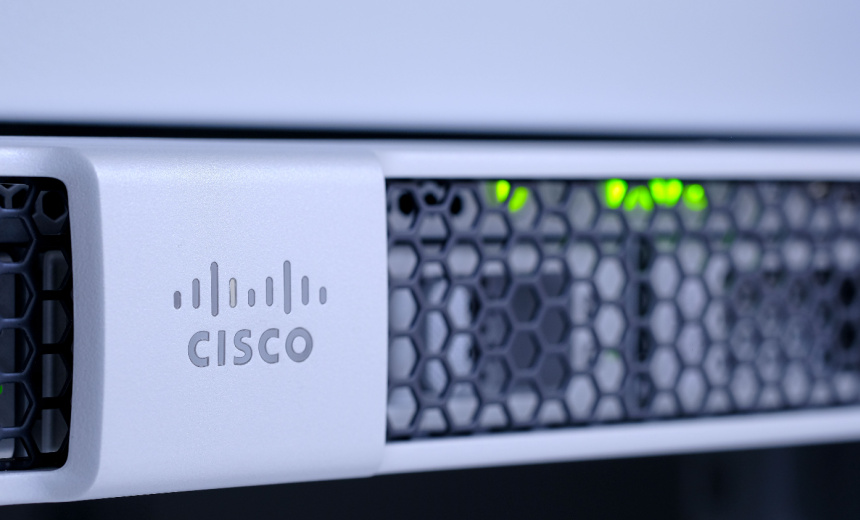Network Firewalls, Network Access Control,
Security Operations
Critical Vulnerability Uncovered, Exposing Remote Privilege Escalation Threat

Cisco has issued urgent security updates to address a significant vulnerability in its Unified Communications Manager (UCM), which enables unauthorized attackers to gain root access to compromised systems. This issue represents a serious threat to enterprises, governmental organizations, and educational institutions that rely on Cisco’s communication infrastructure.
The critical flaw, tracked as CVE-2025-20309, receives a maximum CVSS score of 10.0. It arises from the presence of hardcoded root credentials embedded in specific development builds of UCM versions 15.0.1.13010-1 through 15.0.1.13017-1. Notably, these static credentials were intended strictly for developmental use and cannot be modified or removed, thereby creating a straightforward pathway for attackers who manage to access these systems.
The vulnerability was identified during internal security evaluations, prompting Cisco’s Product Security Incident Response Team to affirm that there is currently no evidence of active exploitation. Nevertheless, the implications are dire, as any successful exploit could allow attackers to access affected systems and execute commands with root privileges. Cisco has emphasized that no workarounds exist for this vulnerability, necessitating immediate action from affected users.
Cisco has provided a patch to resolve this issue, confirming that Unified CM version 15SU3 effectively mitigates the risk. It is worth noting that versions 12.5 and 14 are unaffected, and no updates for those releases are vulnerable. Companies running the compromised versions are urged to apply the fix or upgrade promptly to ensure their cybersecurity posture is maintained.
Indicators of potential compromise can be found by reviewing log files for successful root logins via SSH located in /var/log/active/syslog/secure. Cisco advises customers to use the CLI command: file get activelog syslog/secure to scrutinize their systems. Log entries may display activity attributed to sshd, followed by root sessions initiated with UID=0.
From a tactical standpoint, this incident highlights several adversary techniques as categorized by the MITRE ATT&CK framework. Potential tactics that may have been employed include initial access through exploitation of the identified vulnerability and privilege escalation via hardcoded credentials. These methods underscore the urgent need for organizations to enhance their security measures and remain vigilant against threats of this nature.
For customers lacking active Cisco service contracts but who acquired their devices through authorized channels, access to the security fix is available by reaching out to Cisco’s Technical Assistance Center (TAC) and citing this advisory. The stakes are high, and immediate action is essential to mitigate the risks posed by this vulnerability.
